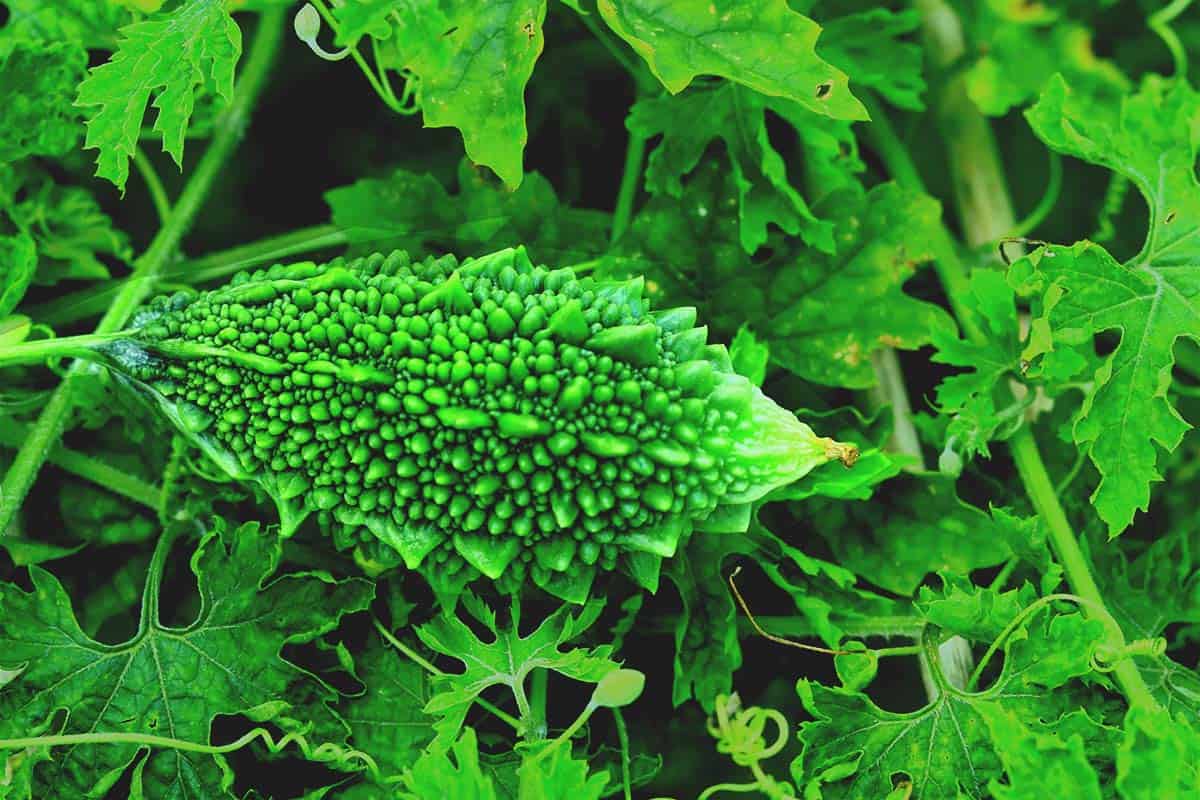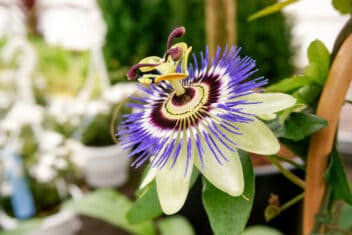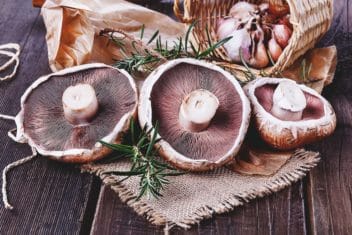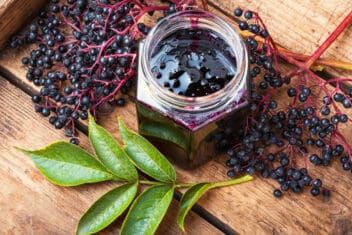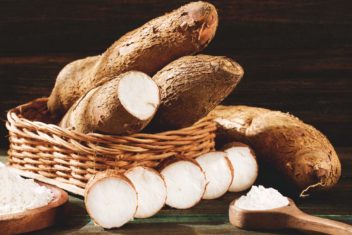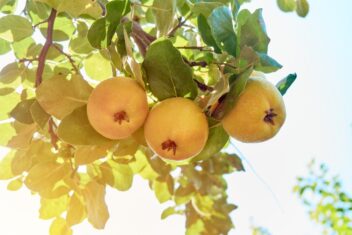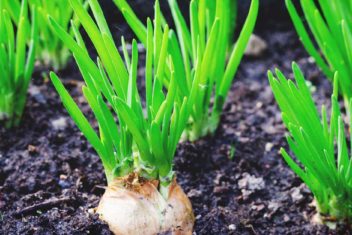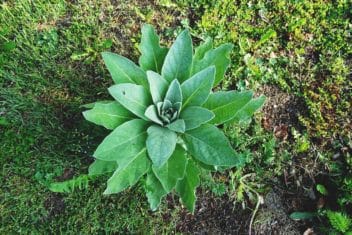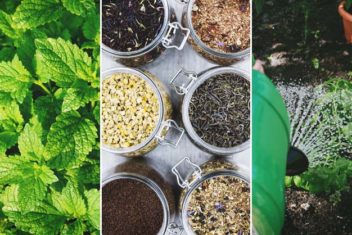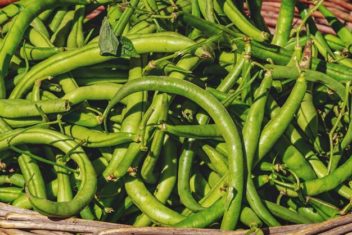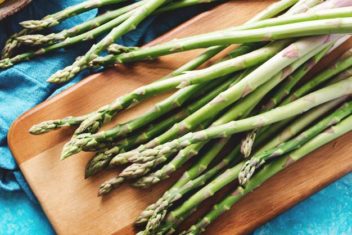I started growing bitter melon a couple of years ago when I found them at a local farmers market. If you’ve never seen one before, you won’t forget it once you have. They’re similar in shape to a cucumber, but some have a lumpy, warty appearance.
Though they aren’t particularly pretty, they’re insanely good and chock full of vitamins and minerals. High in fiber, bitter melon has twice the beta carotene of broccoli, more potassium than bananas, more calcium than spinach and contains vitamin C, B1, B2, and B3.
They’re also a must-have staple for making Chinese and Indian cuisine. Ready to get your hands dirty?

Varieties of Bitter Melon
Bitter melon is often called bitter gourd or balsam pear.
There are dozens of varieties out there, so see what’s available in your area and whar’s suitable for your environment. There’s sure to be a type that’s perfect for your needs.

White Pearl
This hybrid variety is a slightly bitter type, great for salad, stir fry, stuffing, and soups. The fruit is 6 to 9 inches long.
Beauty Winner
Beauty winner is another hybrid that is almost completely white. It has a mellower taste compared to some other varieties. It’s also a prolific fruiter, ready for harvest about 60 days after planting, so it’s a good one for the impatient gardener.
Taiwan White
As the name implies, Taiwan white has white flesh and skin. It’s not as prolific as white pearl or beauty winner.
Taiwan Large
Bigger than Taiwan white, this one has green skin. The fruit is large and can be up to a pound in weight.
Bangkok Large
Another larger green variety that produces good size fruit with deep, glossy green skin.
Japan Long
The fruit can be up to 13 inches long but must be harvested while young or they become super bitter.
Bitter melon is wildly popular in Asia, so there are lots of hybrids out there that may be less common in other areas. Other varieties include:
- India Long White
- Jumbo TH
- Priya
- Baby Doll
- Small Baby
- India Star
- India Queen
How to Grow Bitter Melon
Bitter melon is a prolific vining plant that can grow up to 16 feet long.
Growing Zones
Bitter melons do best when growing in zones 9 to 11. They require tropical or subtropical environments.
Sun Requirements
Bitter melons like full sun. I’ve found it to be one of those plants that perform exceptionally well when positioned for at least 6 hours of sun per day minimum.
Soil Requirements
Aim for a soil pH of 5.5 to 6.7. It will affect performance if the soil is too far off that range.
Loamy or sandy soil that is free draining with lots of organic matter is best. Bitter melon won’t survive in waterlogged roots.
When to Plant
Plant bitter melon in late spring to early summer. Soil should be at least 65°F. Wait at least three weeks after the last frost. As bitter melon is growing, the optimal daytime temperature should average about 80°F.
Planting Seeds
Sow bitter melon seed at least 3 inches deep and 12 inches apart. You should see germination around day 8 to 12.
Container Planting
You can plant bitter melon in pots. Just make sure the pot is well-draining and is at least 10 gallons in volume.
Use good quality potting mix and feed at least once every 2 weeks since much of the fertilizer will drain out the bottom.
Use a frame or have the pot against a trellis to allow the vine to grow with support.
Spacing
Plant plants in rows about 8 feet apart with 8 feet between plants.
Support
Bitter melons perform better when trellised. The fruit rots if it lays on damp or wet soil.
If you don’t trellis bitter melon, give the fruit a bed of straw to lay on and replace it if it gets wet.
Caring for Bitter Melon
Fertilizer
Dig well-aged compost into the soil when you plant the seeds. As bitter melon grows, add more aged compost as a side dressing to help feed the plant and retain moisture without pooling.
After 30 days, add slow-release fertilizer suitable for bitter melon. I use 5-10-10 fertilizer. Continue adding fertilizer every month.
You can also use comfrey tea or compost tea.
Water
Keep the soil around bitter melon evenly moist, but not saturated. The fruit requires good levels of water to grow properly, but the roots don’t want to sit in pools of water.
Pollination

Bitter melon flowers need pollinators to reproduce. About 5 weeks after planting, both male and female flowers appear. Male flowers bloom for a day and often drop off the next. Don’t be surprised if you see flowers laying on the ground.
Female flowers have a little bulbous part between the flower and stem. Male flowers don’t have this.
Sometimes there are a lot of flowers, but no fruit. This usually means the bees or other pollinating insects haven’t done their job. If that’s the case, you can hand pollinate.
Companion Planting for Growing Bitter Melon
Try growing bitter melons with:
- Squash
- Pumpkin
- Peas
- Corn
- Beans
Don’t plant with:
- Potatoes
- Parsley
- Mint
- Oregano
Common Problems and Solutions for Growing Bitter Melon
Aphids

Aphids are a common garden pest. Our guide will help you deal with them.
Cutworm
Cutworms can decimate a crop of plants in no time flat. Here’s how to identify and eliminate them.
Cucumber Beetles
If you see yellowing and wilting leaves with holes, you could have a cucumber beetle infestation. The bugs can be spotted or striped.
While they can damage adult plants, sometimes they attack seedlings and kill them. While the beetle doesn’t always kill a plant, they carry other diseases such as bacterial wilt.
Spray with an organic pyrethrum spray and use yellow sticky traps in the garden. You can also handpick them by covering yellow plastic gloves in petroleum oil.
Fruit Fly
The female fruit fly lays eggs just below the surface of the skin. The larvae develop and eat the fruit. The best way to prevent this is to kill the males before they mate with the female. Use fruit fly traps to do this.
Remove any rotting fruit or vegetation from the garden as fruit flies are attracted to dead and rotting material.
Powdery Mildew

Powdery mildew affects all gardeners. This fungal disease prefers young leaves and flowers. When you have it, the plant will be covered in a powdery film. The leaves also turn brown and die and plant growth is stunted.
Make sure plants have plenty of space, clear any debris from the ground and plant resistant bitter melon if you can find it. Water at the ground level, not the leaves, especially in humid areas.
Watermelon Mosaic Virus
Spread by tiny aphids, watermelon mosaic virus causes plants to have a yellow mosaic pattern on leaves. It also causes bumps and deformities to the fruit of bitter melon.
Good garden sanitation is essential, as is removing all previous plant material from the last planting. Good crop rotation helps as well.
Controlling insects is your best option, since you can’t stop it once it starts spreading.
Bacterial Wilt
The first sign of bacterial wilt is when single leaves on one stem wilt and die. This then works its way down the plant until the whole thing withers and dies. Bacterial wilt is often spread by cucumber beetles who carry the bacteria in their gut.
Once a plant has bacterial wilt, there is no cure. The best way to prevent it is to control the beetle.
Harvesting Bitter Melon

Harvest bitter melons 12-16 weeks after planting when the fruits are 4-6 inches long, depending on the variety.
If you allow bitter melon to grow too long, it will be excessively bitter. Pick young, smaller melons that are bright green and blemish-free.
If you have a white variety, choose the smaller, firm ones over the much larger ones.
Every variety varies, though. Some bitter melons have been developed to grow large with reduced bitterness, so it all depends on the type.
Bitter melon can be added to stir fries, steamed, pickled, used in soup and served in meat dishes. It’s excellent in a stir fry with fermented beans. For a fresh take, try it in a salad.
The Bottom Line
Bitter melon can be an acquired taste, but it’s a versatile and unique addition to your garden and kitchen. There are a lot of recipes and uses, so give it a go. You won’t be disappointed with this prolific crop.
